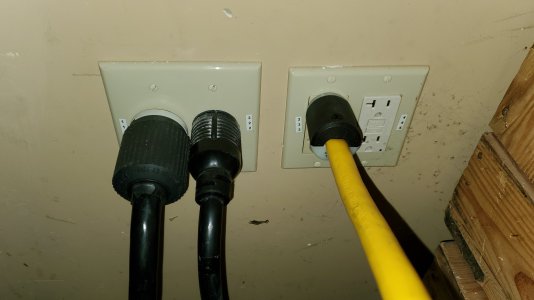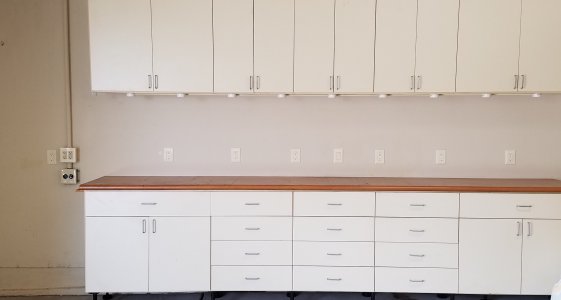- Joined
- Apr 14, 2014
- Messages
- 3,180
In many areas codes are changing. We had a remodeling project a couple years ago which included installing a new range. The old receptacle was 12-2 wire with 2 hot and a neutral. The new code required 12-3 with 2 hot, 1 neutral, and 1 ground. Fortunately when the house was built the contractor included a 12-3 wire feed to the receptacle.
When I added circuits in the shop to power 220V equipment I used the 12-3 wire feed. The difference in cost was minimal. In our area a 250 roll of 12-3 wire costs about $108.00 from Home Depot. A roll of 12-2 wire is about $60.00. For a little less than $50.00 you can be ahead of any code changes.
When I added circuits in the shop to power 220V equipment I used the 12-3 wire feed. The difference in cost was minimal. In our area a 250 roll of 12-3 wire costs about $108.00 from Home Depot. A roll of 12-2 wire is about $60.00. For a little less than $50.00 you can be ahead of any code changes.




